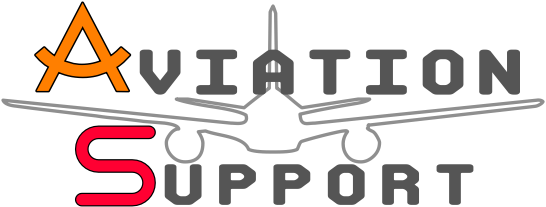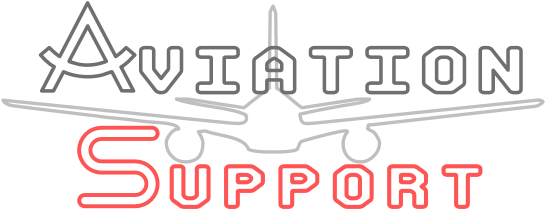“Ensuring Safe Skies: Elevating Aviation Safety with SMS”
Implementing Safety Management System (SMS) in Aviation: Best Practices
Implementing Safety Management System (SMS) in Aviation: Best Practices
Safety is of utmost importance in the aviation industry. With millions of passengers flying every day, it is crucial for airlines and aviation organizations to have a robust Safety Management System (SMS) in place. An SMS is a systematic approach to managing safety, which includes policies, procedures, and practices aimed at identifying and mitigating risks. In this article, we will discuss some best practices for implementing an SMS in aviation.
First and foremost, it is essential to have top management commitment and support for the SMS. Without the backing of senior management, the implementation process can be challenging. Management should clearly communicate their commitment to safety and allocate the necessary resources for the SMS. This includes providing adequate training and tools for employees to effectively carry out their safety responsibilities.
Another best practice is to establish a safety culture within the organization. Safety should be ingrained in the company’s values and beliefs, and employees should be encouraged to report safety concerns without fear of reprisal. This can be achieved through regular safety meetings, training sessions, and open communication channels. By fostering a safety culture, employees will be more proactive in identifying and addressing potential hazards.
A crucial aspect of implementing an SMS is conducting a thorough risk assessment. This involves identifying potential hazards, assessing their likelihood and severity, and implementing appropriate controls to mitigate the risks. Risk assessments should be conducted regularly and reviewed whenever there are changes in operations or new hazards are identified. It is also important to involve employees in the risk assessment process as they have valuable insights and firsthand knowledge of the operational environment.
Once risks have been identified, it is essential to establish clear safety objectives and performance indicators. Safety objectives should be specific, measurable, achievable, relevant, and time-bound (SMART). These objectives should align with the organization’s overall goals and be regularly monitored and reviewed. Performance indicators, such as the number of safety incidents or near misses, can provide valuable data for evaluating the effectiveness of the SMS and identifying areas for improvement.
Communication is a key component of any successful SMS. It is important to establish effective communication channels to ensure that safety-related information is disseminated to all relevant stakeholders. This includes employees, contractors, regulatory authorities, and other industry partners. Regular safety briefings, newsletters, and safety bulletins can help keep everyone informed about safety initiatives, changes in procedures, and lessons learned from incidents.
Training and education are vital for ensuring that employees have the necessary knowledge and skills to carry out their safety responsibilities. All employees should receive initial and recurrent training on the SMS, including hazard identification, risk assessment, and incident reporting. Training should be tailored to the specific roles and responsibilities of each employee, and refresher courses should be provided regularly to reinforce knowledge and address any changes in regulations or procedures.
Lastly, it is crucial to establish a robust reporting and investigation system. Employees should be encouraged to report safety incidents, near misses, and hazards promptly. A non-punitive reporting culture should be fostered to ensure that employees feel comfortable reporting without fear of disciplinary action. All reported incidents should be thoroughly investigated to identify the root causes and implement corrective actions to prevent recurrence.
In conclusion, implementing an SMS in aviation requires top management commitment, a strong safety culture, thorough risk assessments, clear objectives and performance indicators, effective communication, comprehensive training, and a robust reporting and investigation system. By following these best practices, aviation organizations can enhance safety, reduce risks, and ensure the well-being of passengers and employees. Safety should always be the top priority in the aviation industry, and an SMS is a crucial tool for achieving this goal.





